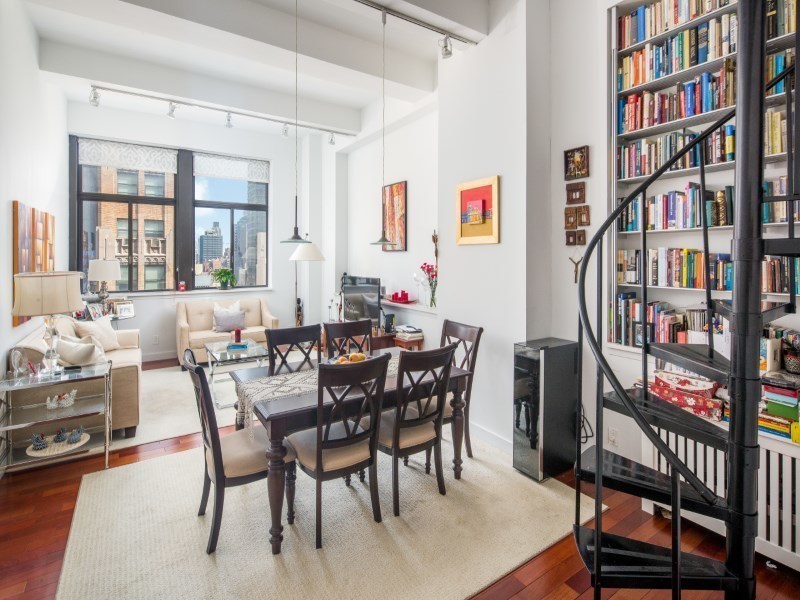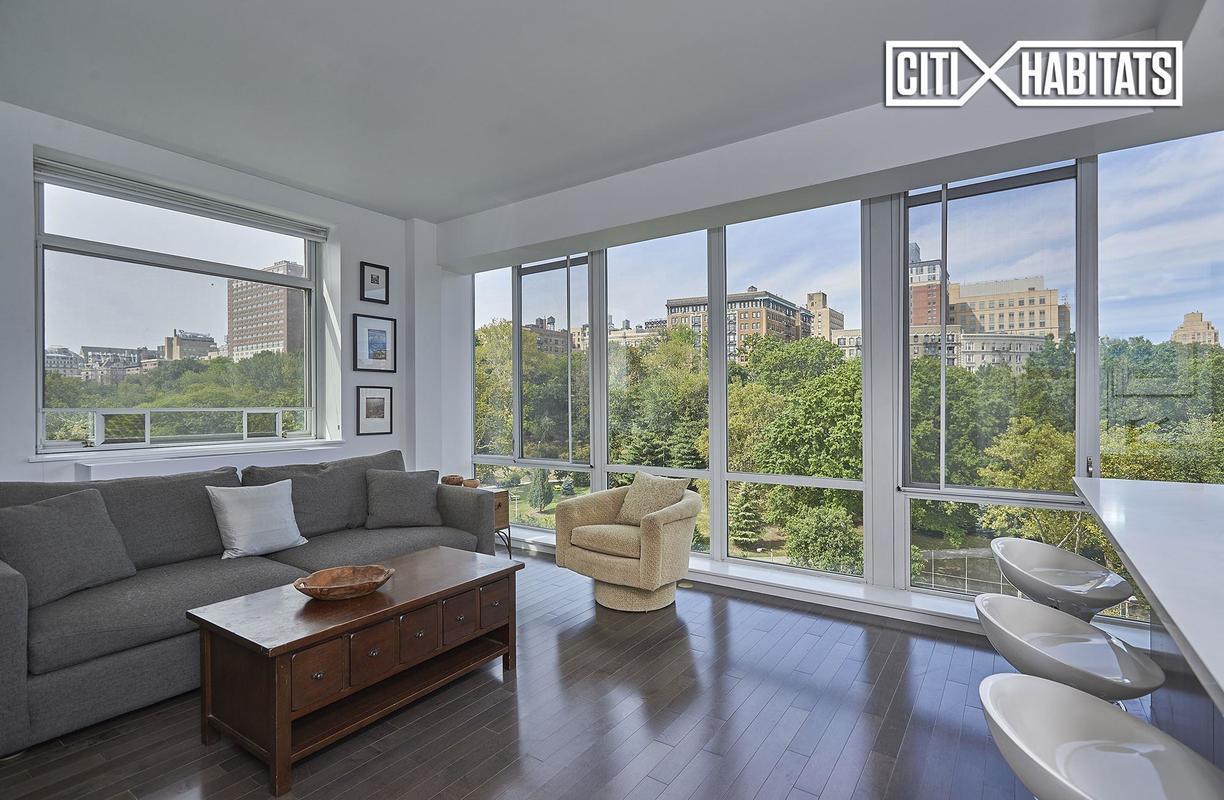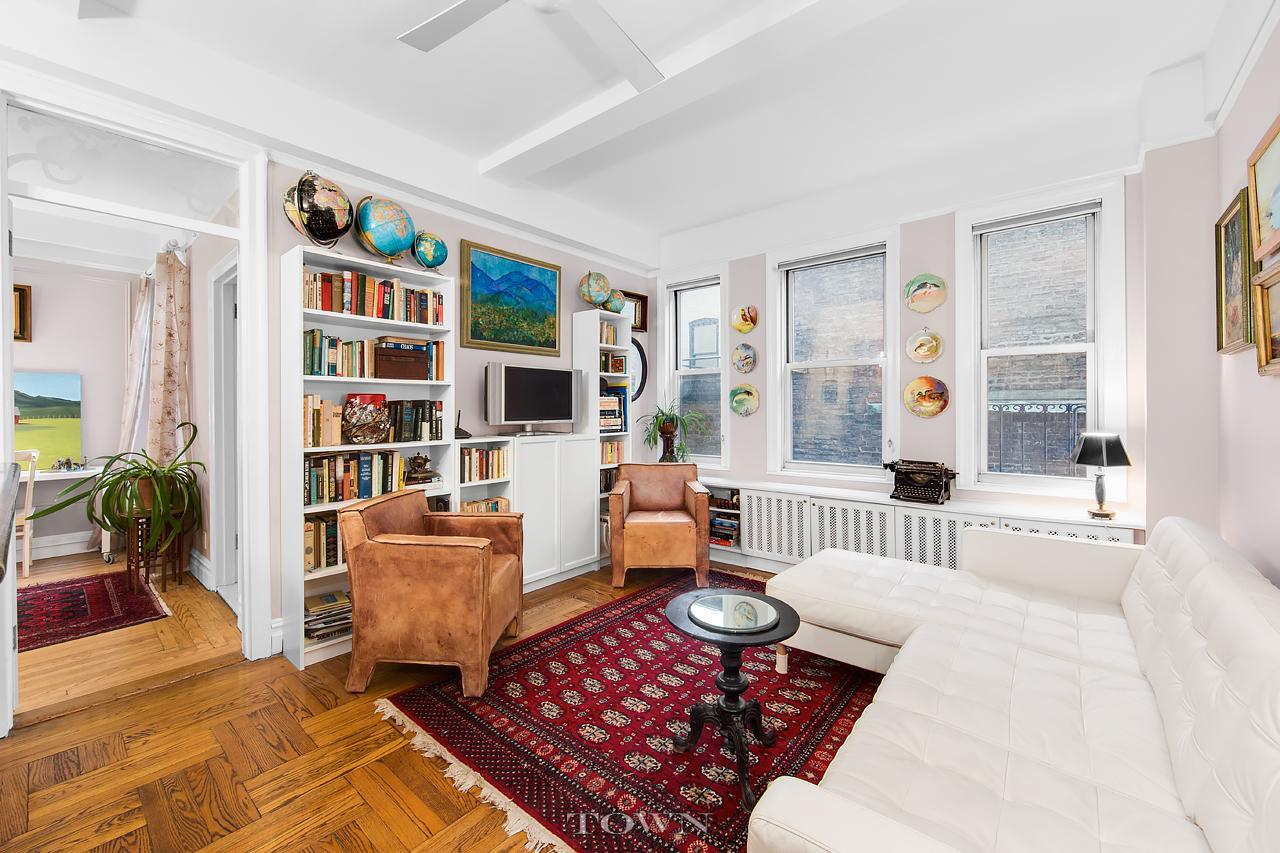In the third quarter, the Manhattan sales market shifts from frenetic to merely above average
Douglas Elliman just released its Manhattan market report for the third quarter, and while some of the numbers may look alarming at first glance to would-be buyers, the market has actually slowed slightly, from a breakneck pace to a more manageable one.
Across the board, median sales prices are up from the same time last year by 7.6 percent to $1,073,750; the price per square foot rose as well, by 13 percent to $1,692. The number of sales fell, however, by over 18 percent, and inventory increased by over 10 percent.
The market for new developments has seen a particularly fiery quarter, hitting record-breaking numbers when it comes to median sales prices, which soared 95.8 percent, as well as price per square foot (23.9 percent.) This isn't necessarily cause for buyers to despair, though, explains Jonathan Miller, author of the report and president of appraisal firm Miller Samuel.
New development accounts for only 12 percent of the market, he says, and while its surging numbers have skewed median sales prices overall, much of it can be attributed to a wave of development last year that was heavily skewed toward super-luxury--that is, properties worth over $5 million. Construction on those properties has closed, and they're just entering the market now.
Miller says resales, which account for an 88 percent share of the market, paint a more accurate—and milder—picture of current conditions, pointing to a median sales price increase of 2.6 percent. "We have a 20.1 percent drop in sales, and we also have a modest gain in supply," he says.
He adds, however, that sales activity during this time last year was at a near-record high. "Think of the market as shifting from a frenetic, rapidly moving market to something that's above average," Miller says. "Sales are still unusually high, but just not at the level seen in the white-hot market conditions of 2013, 2014, and a lot of 2015."
Another metric that suggests a slight slowdown in Manhattan, relative to previous years, is the number of bidding wars in the borough. To gauge this, Miller found that the proportion of homes sold above their listing price was 17.4 percent, a decrease from last year's record of 31 percent. "This is still high," he says, noting that in a more balanced market, only about five to 10 percent of properties are sold above their original listing price. "We're not at the frenetic pace where 34 people are bidding and only cash offers are being reviewed. That market has ended. What we're seeing now is still fairly fast-moving, but not with the same intensity."
The shift to modest growth could reflect the winding down of a years-long phenomenon. The layer of uncertainty around the 2012 election, compounded by fears about the fiscal cliff in early 2013—which real estate analysts worried could send the country back into a recession—led to pent-up demand. "Right after the end of the year when the world didn't end, we had a surge in activity, and it continued over the next two-and-a-half years," Miller says. "Now that demand has been largely satiated, and we seem to be transitioning to a more modest, sustainable pattern."
So what does modest look like by Manhattan standards? Here are some examples of what you'll find on the market now, around the overall median sales price of just under $1.1 million.

A Turtle Bay condop with a full bedroom and a sleep loft (accessed by the spiral staircase pictured here), plus a chef's kitchen with name-brand stainless steel appliances. Asking price: $1.095 million.

A two-bedroom condop in South Harlem offering clear vistas of Morningside Park, with access to a roof deck offering more unobstructed views of the green space. Asking price: $1.1 million.

A one-bedroom Greenwich Village co-op with prewar details like parquet floors, high ceilings, and crown moldings; it's a short walk to Washington Square Park. Asking price: $1.05 million.
You Might Also Like




























